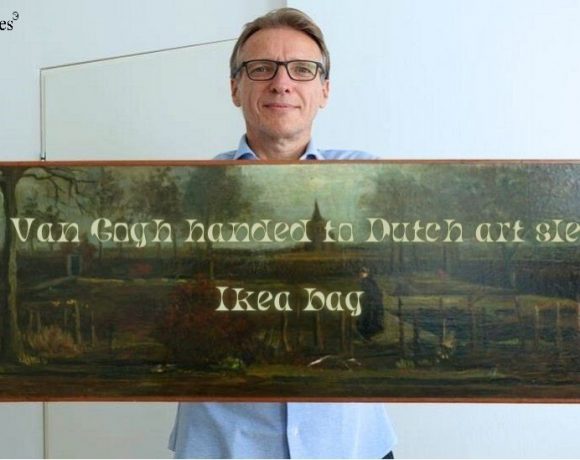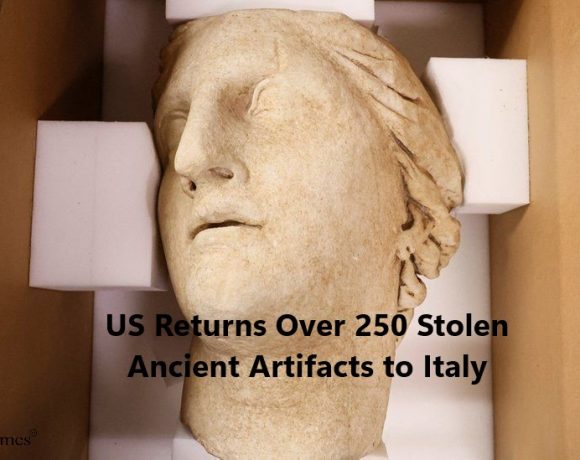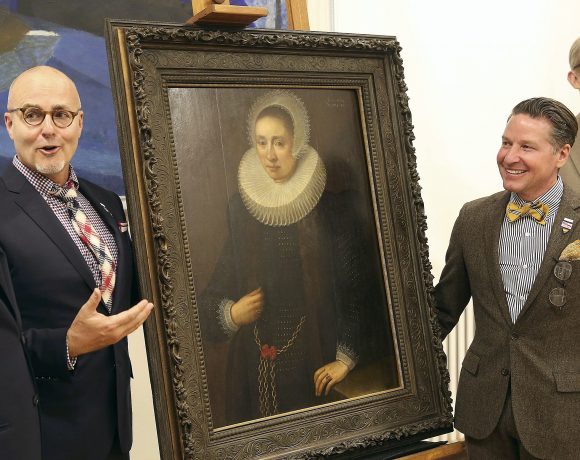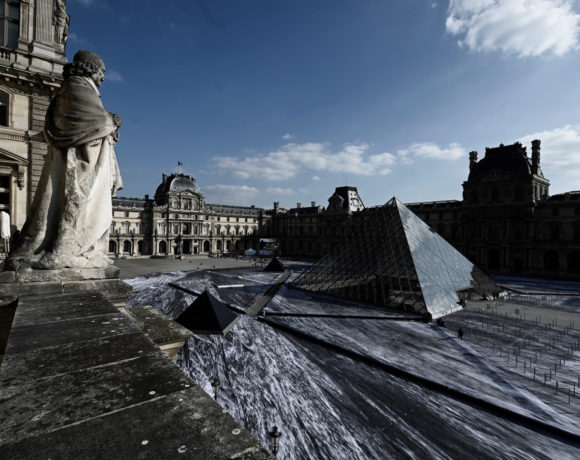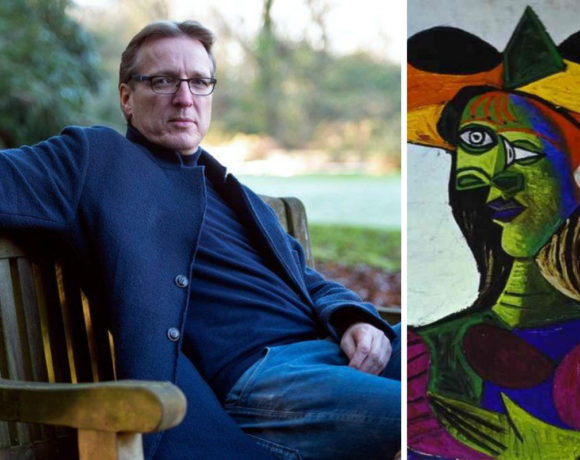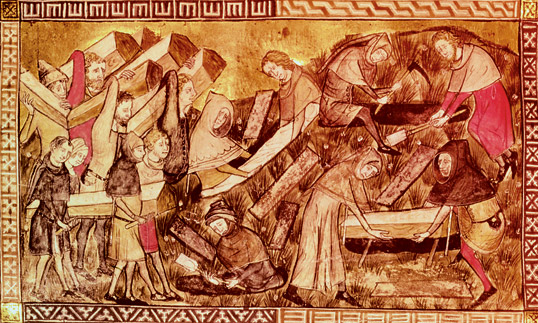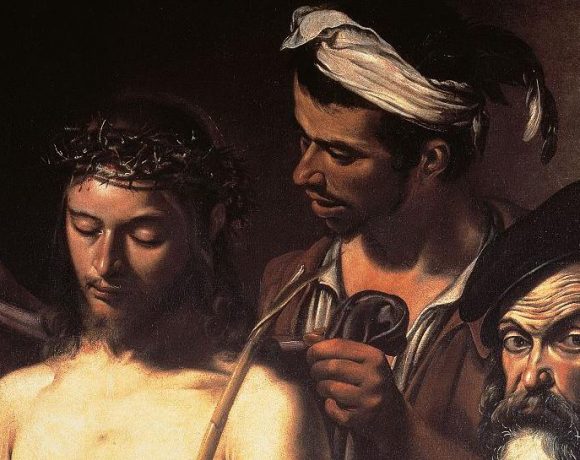
A recently authenticated painting by the celebrated 17th-century artist Caravaggio, titled “Ecce Homo,” is set to debut at the Prado museum in Madrid. Initially misattributed to a lesser-known artist, the painting narrowly avoided auction in 2021 when the Spanish government intervened. Now recognized as a Caravaggio masterpiece, it represents a significant discovery in the art world.
Caravaggio, renowned for his groundbreaking use of light and shadow to depict intense realism, is hailed as a precursor to modern painting. “Ecce Homo” portrays the moment when Roman governor Pontius Pilate presents Christ to the public. With only about 60 known works by Caravaggio, each authenticated piece holds immense value and historical significance.
Believed to have once been part of King Philip IV of Spain’s collection, “Ecce Homo” resurfaced in Madrid in 2021, attributed to a lesser-known artist associated with 17th-century Spanish painter José de Ribera. However, suspicions about its true authorship arose among experts at the Prado, prompting government intervention to prevent its sale.
The painting will be exhibited until October in a special showing at the Prado museum before joining its permanent collection for an additional four months. Sold for €36 million, it will remain on loan to public collections, ensuring its accessibility to art enthusiasts worldwide rather than being held privately.
Picture Courtesy: Google/images are subject to copyright

